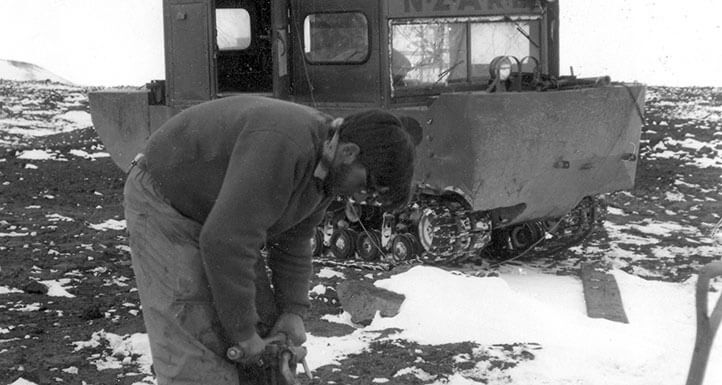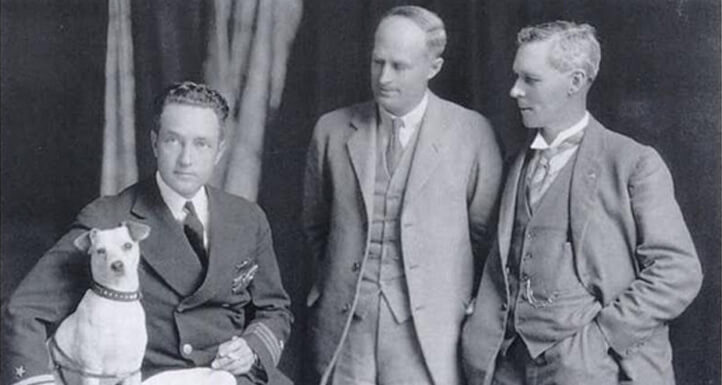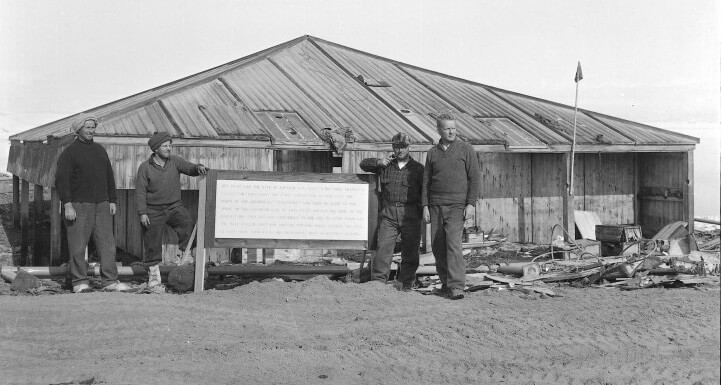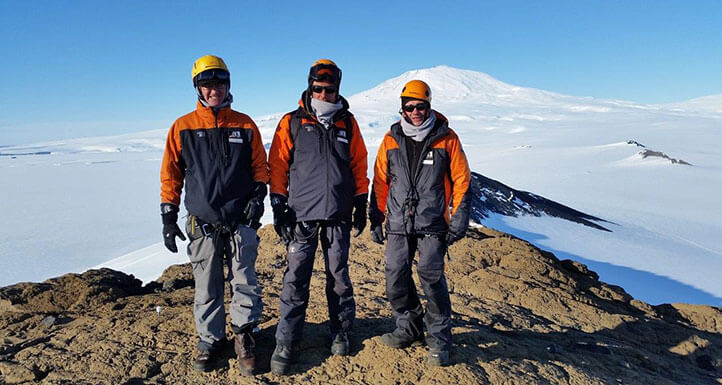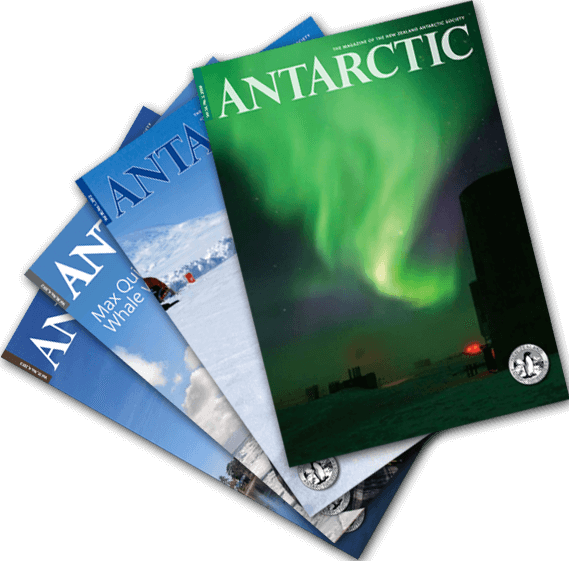Inspired by people’s interest in the Antarctic region, the Society’s flagship magazine, Antarctic, is available as an online searchable archive. Offering more than sixty years of news and stories, the archive contains a wealth of detail and commentary on New Zealand and other nations’ activities in the Antarctic region.
